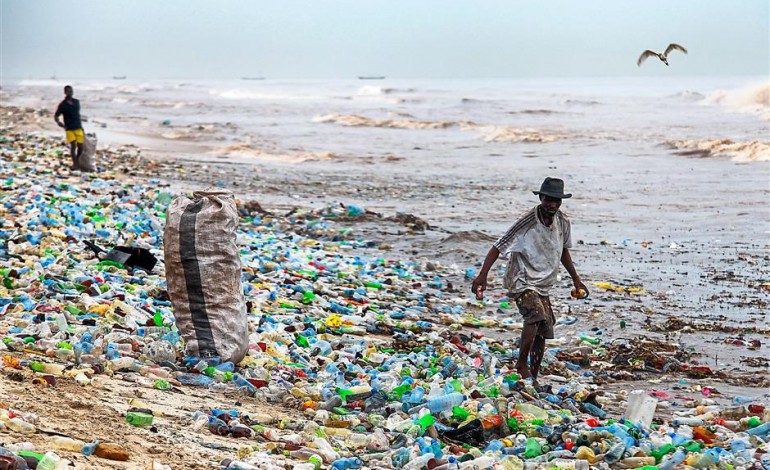The ISSUE with single use plastic consumption
https://www.facebook.com/Living-Breathing-eco-Products-416958898684176
Every year, 6 million TONS of plastic waste is produced from disposable plastic forks, knives and spoons alone. With such low rates of reuse and recycling, this plastic waste ends up in our landfills, lakes, beaches and ocean.
Plastics are made from petroleum. They take hundreds and sometimes thousands of years to begin to break down and when they do, they begin leaching harmful chemicals into our soil and water. These chemicals have been shown to act as carcinogens (cancer causing agents) and can lead to birth defects in humans. Also, they attack our oceans, lakes and rivers by making them more acidic, thus poisoning the Eco-system we depend on.

REFERENCES:
“The Prevalence and Environmental Impact of Single Use Plastic Products,” Zaman, Tarique
https://case.edu/med/epidbio/mphp439/Single_Use_Plastics.pdf
“Living the Life of a Plastic Fork” Berneir, Andrew; 2011
https://sites.google.com/a/pvlearners.net/sustainability/a-life-cycle-analysis-a-plastic-fork
More References
Thompson, R.C., et al., Plastics, the environment and human health: current consensus and future trends. Philos Trans R Soc Lond B Biol Sci, 2009. 364(1526): p. 2153-66.
Jobling, S., et al., A variety of environmentally persistent chemicals, including some phthalate plasticizers, are weakly estrogenic. Environ Health Perspect, 1995. 103(6): p. 582-7.
Benachour, N. and A. Aris, Toxic effects of low doses of Bisphenol-A on human placental cells. Toxicol Appl Pharmacol, 2009. 241(3): p. 322-8.
Alonso-Magdalena, P., et al., The estrogenic effect of bisphenol A disrupts pancreatic beta-cell function in vivo and induces insulin resistance. Environ Health Perspect, 2006. 114(1): p. 106-12.
Update. Environmental Protection Agency.Wallace, N. (1985) Debris entanglement in the marine environment: A review, pp. 259-277).
Paigen, B., et al., Growth of children living near the hazardous waste site, Love Canal. Hum Biol, 1987. 59(3): p. 489-508.